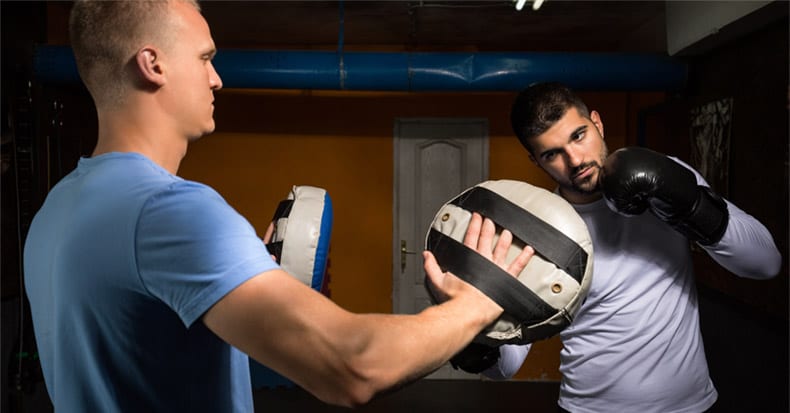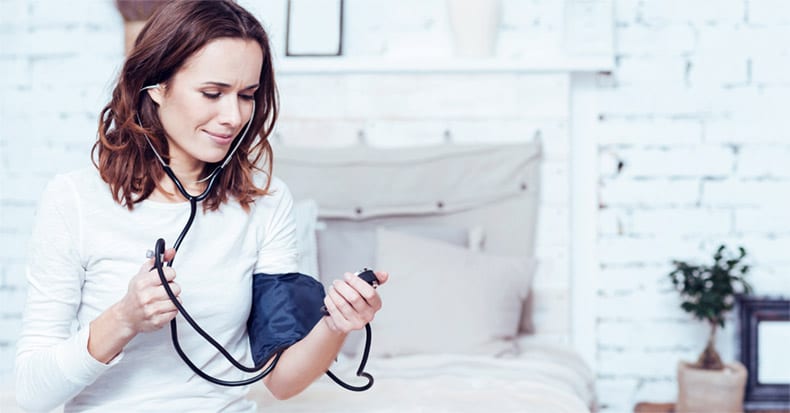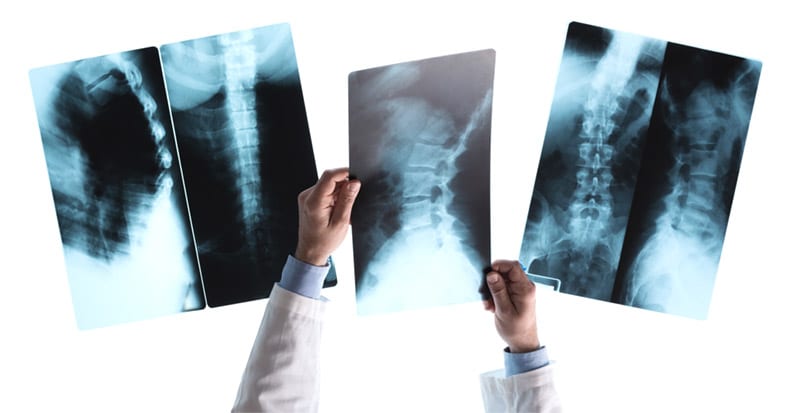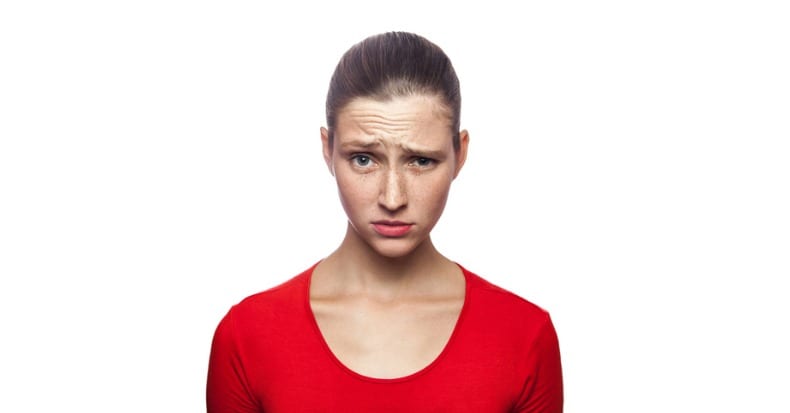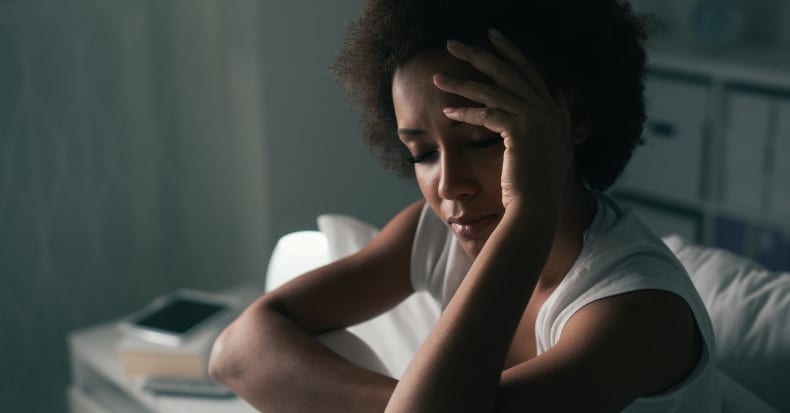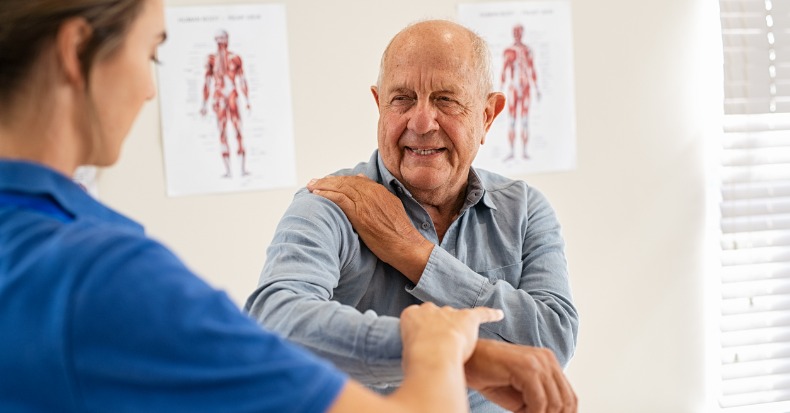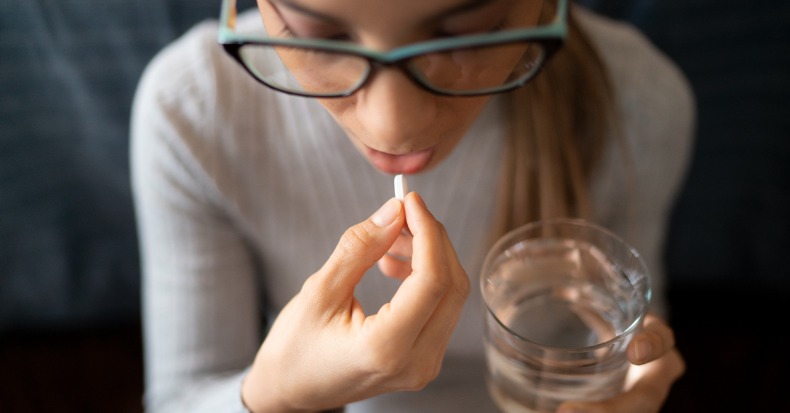Newest Articles
Whiplash or whiplash associated disorders (WAD) represent a constellation of symptoms that are very similar to those reported by patients who have sustained a concussion or minor-traumatic brain injury (mTBI). These shared symptoms include (but are not limited to): headache; neck pain; nausea/vomiting; dizziness; balance issues; vision problems; and difficulty concentrating. Chiropractic care focused on [..]
In a blood pressure reading, the higher number (“systolic”) represents the pressure that blood exerts against the arterial walls when the heart beats. The lower number (“diastolic”) represents the pressure blood exerts against the arterial walls when the heart rests between beats (measured in millimeters of mercury or mmHg). The definition of hypertension (HT), like [..]
Why Do Chiropractors Advise/Insist on X-Rays?Chiropractic education is indirectly controlled by the US Federal Government. The US Department of Education officially recognizes the chiropractic-accrediting agency, the Council on Chiropractic Education (CCE).Historically, the Council on Chiropractic Education was formally established in 1971, and officially recognized by the US Commissioner of Education, Department of Health, Education and Welfare in 1975. The CCE [..]
Low back pain (LBP) is the second most common reason for doctor visits in the United States and it is a condition that most of us will at some point in our lives. Last month, we reviewed the wide acceptance of spinal manipulation as the treatment of choice for both acute and chronic LBP. This [..]
Most people will experience some form of headache during their lifetime. The good news is that most headaches are related, at least in part, to the neck or cervical spine (a cervicogenic headache or CGH) and can be easily managed with chiropractic care.
Although the exact mechanism of CGH is still under debate, there are [..]
Carpal tunnel syndrome (CTS) is a common complaint, with symptoms ranging from subtle numbness to extreme pain and disability in the hand/wrist that can force a change in a worker’s vocation. According to the current research, the cause of CTS is the compression of the median nerve as it travels through the carpal tunnel at [..]
Each year, Americans make 7.5 million doctor visits related to shoulder/upper arm pain. After neck and back pain, shoulder pain is one of the top reasons patients seek chiropractic care. So, why are shoulder injuries so prevalent?
Though there are many possible explanations that address this question, there’s a simple answer: anatomy. There are essentially [..]
Whiplash associated disorder (WAD) is a very common injury that can occur in a variety of ways, but it’s most commonly associated with motor vehicle collisions. The symptoms associated with WAD have been classified as follows:
• WAD I: Pain, stiffness, or tenderness of the neck as the only complaint with no physical exam findings [..]
Attention-deficit/hyperactivity disorder (ADHD) is a controversial diagnosis, as there are no clear objective clinical tests that can establish whether or not a patient has the condition. ADHD belongs to a spectrum of neurological disorders with no physiological basis (no clear lab tests exist) and often include other conditions such as learning disabilities, obsessive-compulsive disorder (OCD), [..]
Why Do People Go To Chiropractors?
What Are the Clinical Assessments,Clinical Goals, and Clinical Applicationsof a Typical Chiropractic Office Visit?
••••••••••
Why Do People go to Chiropractors?
The most recent authoritative assessment of the chiropractic profession appeared in the December 2017 issue of the prestigious orthopedic medical journal Spine, and was titled (1):
The Prevalence, Patterns, [..]
Low back pain (LBP) is the single greatest cause of disability worldwide and the second most common reason for doctor visits. Overall, LBP costs society more than $100 billion annually when factoring in lost wages, reduced productivity, and legal and insurance overhead expenses.
Studies regarding the use of spinal manipulation(SM)—a form of treatment offered by [..]
Past research has demonstrated that combining spinal manipulative therapy (SMT) with exercise yields the best long-term results for individuals with neck pain. So what exercises should we consider when neck pain rears its ugly head?
In the acute phase of an injury, rest and ice may be appropriate, but patients will often benefit from lightly [..]
